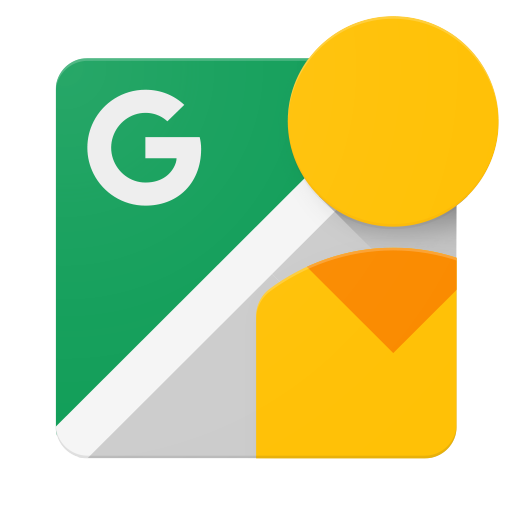Google Street View Publish API'ye yapılan tüm isteklerin kimliği doğrulanmalıdır. Yeni görüntüler yüklendiğinde kimliği doğrulanmış kullanıcının Google Hesabı ile ilişkilendirilir.
Uygulamanız tarafından Google Street View Publish API'sine gönderilen her isteğin bir yetkilendirme jetonu içermesi gerekir. Bu jeton ayrıca uygulamanızı Google'a tanıtır.
Yetkilendirme protokolleri hakkında
Uygulamanız, istekleri yetkilendirmek için OAuth 2.0 kullanmalıdır. Başka hiçbir yetkilendirme protokolü desteklenmez. Uygulamanız Google ile Oturum Açma özelliğini kullanıyorsa yetkilendirme işleminin bazı kısımları sizin adınıza gerçekleştirilir.
OAuth 2.0 kullanarak istekleri yetkilendirme
Google Street View Yayınlama API'sine gönderilen tüm isteklerin, kimliği doğrulanmış bir kullanıcı tarafından yetkilendirilmesi gerekir.
OAuth 2.0 ile yetkilendirme işleminin ("akış") ayrıntıları, yazdığınız uygulamanın türüne bağlı olarak değişiklik gösterir. Aşağıdaki genel işlem tüm uygulama türleri için geçerlidir:
- Uygulamanızı oluştururken Google API Konsolu'nu kullanarak kaydedersiniz. Ardından Google, daha sonra ihtiyaç duyacağınız bilgiler (ör. istemci kimliği ve istemci gizli anahtarı) sağlar.
- Google API Konsolu'nda Google Street View Yayınlama API'sini etkinleştirin. (API, API Konsolu'nda listelenmemişse bu adımı atlayın.)
- Uygulamanız kullanıcı verilerine erişmesi gerektiğinde Google'dan belirli bir erişim kapsamı ister.
- Google, kullanıcıya uygulamanızı kullanıcının verilerinden bazılarını istemeye yetkilendirmesi için bir onay ekranı gösterir.
- Kullanıcı onaylarsa Google, uygulamanıza kısa süreli bir erişim jetonu verir.
- Uygulamanız, erişim jetonunu isteğe ekleyerek kullanıcı verileri için istekte bulunur.
- Google, isteğinizin ve jetonun geçerli olduğuna kanaat getirirse istenen verileri döndürür.
Bazı akışlarda başka adımlar da yer alır. Örneğin, yeni erişim jetonları almak için yenileme jetonları kullanmak. Farklı uygulama türlerine yönelik akışlar hakkında ayrıntılı bilgi için Google'ın OAuth 2.0 dokümanlarına bakın.
Google Street View Publish API için OAuth 2.0 kapsam bilgileri aşağıda verilmiştir:
| Kapsam | Anlamı |
|---|---|
https://www.googleapis.com/auth/streetviewpublish |
Okuma/yazma erişimi. |
Uygulamanızın OAuth 2.0 kullanarak erişim isteğinde bulunabilmesi için hem kapsam bilgilerine hem de uygulamanızı kaydederken Google tarafından sağlanan bilgilere (ör. istemci kimliği ve istemci gizli anahtarı) ihtiyacı vardır.
İpucu: Google API'leri istemci kitaplıkları, yetkilendirme işleminin bazı adımlarını sizin yerinize gerçekleştirebilir. Bu kitaplıklar çeşitli programlama dilleri için kullanıma sunulmuştur. Ayrıntılar için kitaplıkların ve örneklerin bulunduğu sayfayı inceleyin.

